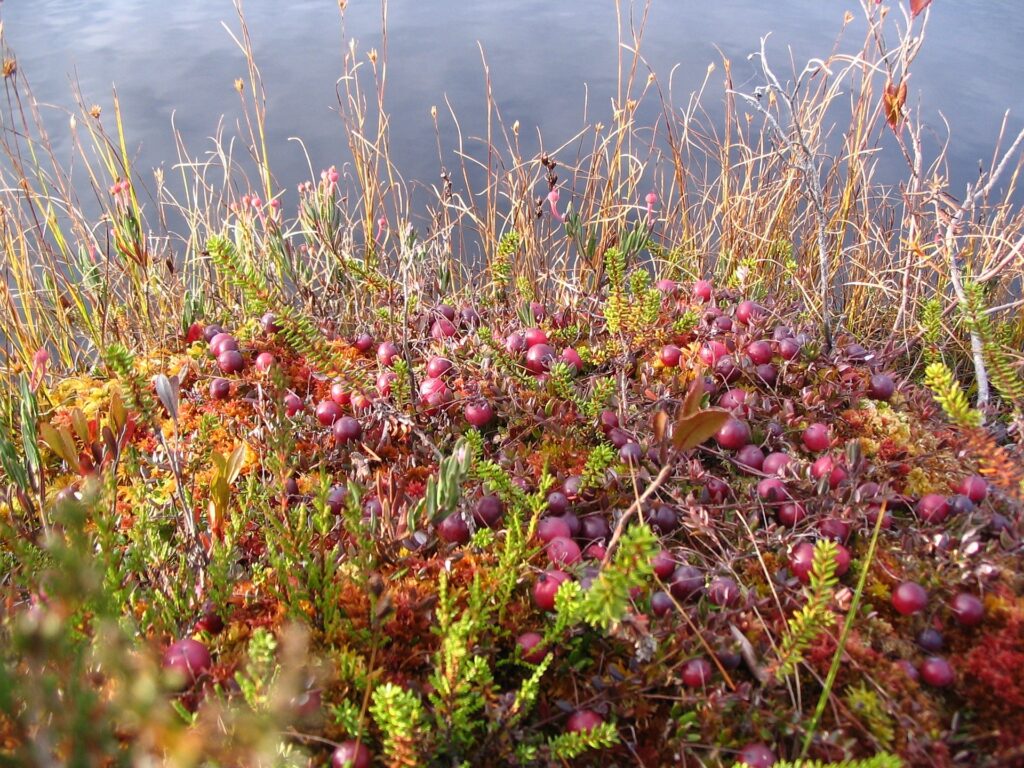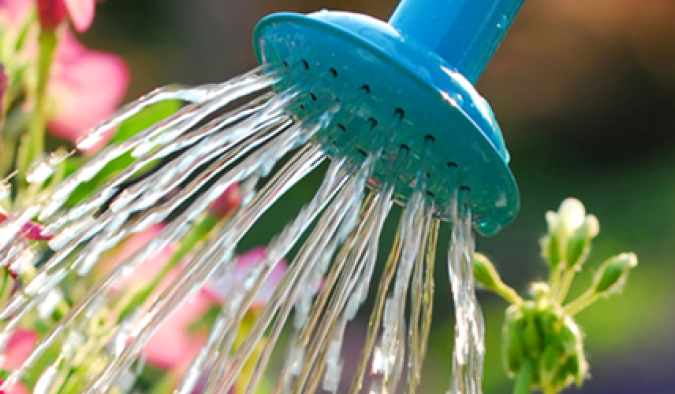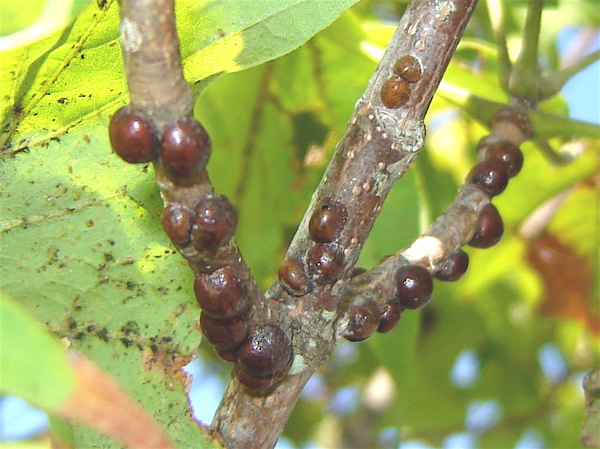
Maybe some of you also have assumptions about cranberries and how they’re grown. Read more to find out if you’re right or wrong.
Certain regions of Ontario are renowned for various fruits and vegetables that laden store shelves during the summer and fall. Whether it is vegetables grown in Essex County or the Holland Marsh area, fruit from the Niagara region, or countless varieties of apples of the Georgian Bay and Muskoka regions, all contribute to the bounty of what is produced here in Ontario.
Back in October, we took a trip to the Muskoka region near Bala to witness the cranberry harvest. I knew cranberries grew in acidic bogs or marshy areas and I thought I would find rows of small bushes similar to wild blueberries but only covered with red berries. I was wrong.
How are Cranberries Grown?
Cranberries, Vaccinium macrocapon, our native variety, grow on low creeping shrubs which appear to be a large, matted carpet of thin wiry branches dotted with vibrant red berries in the fall. The cranberry plant grows only to 20cm in height but its long slender branches with small narrow evergreen leaves can reach 2 metres in length.

Cranberries are planted by cuttings in beds or plots in low-lying areas. The topsoil is removed to form dikes around each of these plots. In addition to making it possible to hold water, these dikes allow equipment to service the beds without driving on the plants. Tons of clean sand are hauled into these beds to a depth of 10 to 15cm for the plants to grow in. This sand is replaced every few years. A small crop is possible after three years, but it takes five years to fill in enough to produce a full prolific crop. If it is well-maintained, a cranberry plot will last for years and never has to be re-planted.
Do cranberries grow in water? Nope
I assumed that cranberries grew in water, but I was wrong again. The cranberry plants need to be irrigated regularly to maintain soil moisture but hate to have their roots constantly wet. These beds are only flooded in fall for harvest, then the fields are drained. They are flooded again later in the winter to protect the plants from low winter temperatures.
The common name ‘cranberry’ is a modification of the colonial name “crane berry,” referring to the drooping flower, that appears in early summer. The flowers resemble the neck and head of the sand crane which are often seen eating the fruits. These white to light pink blooms have very distinctive bell-shaped reflexed petals leaving the stamens fully exposed for bees to pollinate. The fruit starts out white, which is larger than the small emerald, green leaves.

Cranberries at Harvest time
By harvest time in late September through to early November, the berries turn a deep red. Water is pumped into the cranberry plots to a depth of 25 to 60cm. The full red ripe cranberries float to the top of the water to be easily scooped up mechanically or by manual gathering depending on the size of that plot.

We usually associate cranberries with Thanksgiving or Christmas but the past decade or so, this tart fruit is considered a ‘superfood’ by many people as it has high nutritional values including Vitamin C and fibre. Cranberries are also an excellent antioxidant, outranking many other fruits and vegetables except for blueberries. Research has linked the nutrients in cranberries to lowering the risk of urinary tract infection and prevention of certain types of cancer as well as improving immune function and decreasing blood pressure.

Cranberry uses
The traditional way – Cranberry Sauce. Berries are cooked in water sweetened with sugar. Quick and easy to make! Can be kept in a jar in the fridge for ages and used throughout the year. The basic recipe is simple. Rinse the berries. Heat the sugar water to a boil and stir well to dissolve the sugar. Add the berries and return to a boil and cook until they burst (approx 10 minutes). The sauce will continue to thicken as it cools.
- 1 cup (200g) sugar
- 1 cup (250ml) water (or 1/2 cup water and 1/2 cup orange juice)
- 4 cups (one 12-ounce package) fresh or frozen cranberries

35 Savory and Sweet Recipes using cranberries – Cocktails too!





About The Author: Nancy Abra
The family kitchen garden has always been a big part of my life from the early days growing up on a farm to current days gardening near Thorndale, Ontario.
I have honed my gardening knowledge with various courses including a certificate in Horticulture from the University of Guelph, ongoing training with the London Middlesex Master Gardeners, active membership with the local Horticultural Society and as a volunteer gardener at Fanshawe Pioneer Village, It has always been important to me to feed my family from the best of my garden or from locally grown produce. For almost 50 years of preserving, canning, pickling, and using heirloom recipes including some of my own creations, I have developed tasty preserves for my family and friends which I market locally with the brand name "From My Garden".
More posts by Nancy Abra